Eczema can be particularly challenging to manage in workplace environments where irritants, allergens, and environmental conditions can exacerbate symptoms. Whether you work in an office with dry, air-conditioned air or in manual labor exposed to harsh chemicals or extreme weather, eczema management requires tailored strategies to maintain healthy skin.
This blog explores science-backed approaches for managing eczema in office and manual labor settings, helping you stay comfortable and productive at work.
Understanding Eczema Triggers in the Workplace
Office Work
Office environments may seem benign, but certain factors can irritate eczema-prone skin:
- Dry air from air conditioning or heating systems.
- Frequent use of hand sanitizers and soaps.
- Contact with paper, which can dry out the hands.
Manual Labor
Manual labor often involves prolonged exposure to skin irritants, including:
- Harsh chemicals, such as solvents or detergents.
- Frequent wet work, which can compromise the skin barrier.
- Abrasive materials and tools.
A study on occupational hand eczema in manual laborers found that wet work and contact with irritants significantly increased the risk of flare-ups (Lund et al., 2020).
Tailored Tips for Managing Eczema in the Workplace
1. Protect Your Skin Barrier
Maintaining a healthy skin barrier is crucial for eczema management:
- Office Workers: Use a humidifier to counteract the dry air from heating or air conditioning.
- Manual Laborers: Apply barrier creams before work to protect against irritants and harsh conditions (Meer et al., 2014).
2. Choose Gentle Cleansers
Frequent handwashing can worsen eczema symptoms:
- Select soap-free or pH-balanced cleansers.
- Pat hands dry gently with a soft towel to avoid further irritation.
3. Moisturize Frequently
Daily hydration is vital:
- For manual laborers, moisturize immediately after work to repair the skin barrier (Lóden et al., 2010).
4. Wear Protective Gear
Gloves can shield your hands from harmful exposures:
- Opt for cotton liners under rubber or latex gloves to prevent sweat buildup.
- Avoid gloves with powder, as this can irritate sensitive skin.
5. Monitor Triggers
Keep a log of your symptoms and potential triggers at work. This can help you identify patterns and make informed changes to your work environment (Brands et al., 2024).
Rejûvaskin’s Skin Recovery Cream: A Workplace Essential
Rejûvaskin’s Skin Recovery Cream is formulated to soothe, hydrate, and repair eczema-prone skin. Whether you’re combating dry office air or shielding your hands from harsh chemicals, this product offers:
- Barrier Repair: Rich in ceramides to rebuild the skin’s natural defenses.
- Moisture Retention: Locks in hydration to prevent dryness throughout the day.
- Irritation Relief: Calms redness and itching caused by eczema flare-ups.
Incorporating Rejûvaskin products into your routine can provide the extra protection your skin needs to thrive in any work environment.
General Tips for Both Office and Manual Labor Environments
- Stay Hydrated: Drinking water regularly helps maintain overall skin hydration.
- Advocate for Workplace Accommodations: Request fragrance-free soaps, access to moisturizers, or less frequent glove use when possible.
- Educate Yourself: Learning about eczema triggers and management can empower you to take proactive steps.
Managing eczema in the workplace requires a proactive approach tailored to your environment. Whether you’re working in a dry, air-conditioned office or a manual labor job with frequent exposure to irritants, simple strategies can help keep your skin healthy and flare-ups under control.
For added protection and healing, turn to Rejûvaskin’s Skin Recovery Cream, designed to meet the needs of eczema-prone skin. Visit Rejûvaskin to explore our full range of solutions.
Works Cited
- Lund, T., Petersen, S. B., Flachs, E. M., Ebbehøj, N., Bonde, J., & Agner, T. (2020). Risk of work-related hand eczema in relation to wet work exposure. Scandinavian Journal of Work, Environment & Health. Retrieved from link.
- Meer, E. W. C., Boot, C., Jungbauer, F., et al. (2014). Implementation of recommendations for hand eczema through a multifaceted strategy. Acta Dermato-Venereologica. Retrieved from link.
- Lóden, M., Wirén, K., Smerud, K., et al. (2010). Treatment with a barrier-strengthening moisturizer prevents relapse of hand eczema. Acta Dermato-Venereologica. Retrieved from link.
- Brands, M. J., Loman, L., Lund, T., et al. (2024). The association between wet work and hand eczema in the Dutch general population. Contact Dermatitis. Retrieved from link.
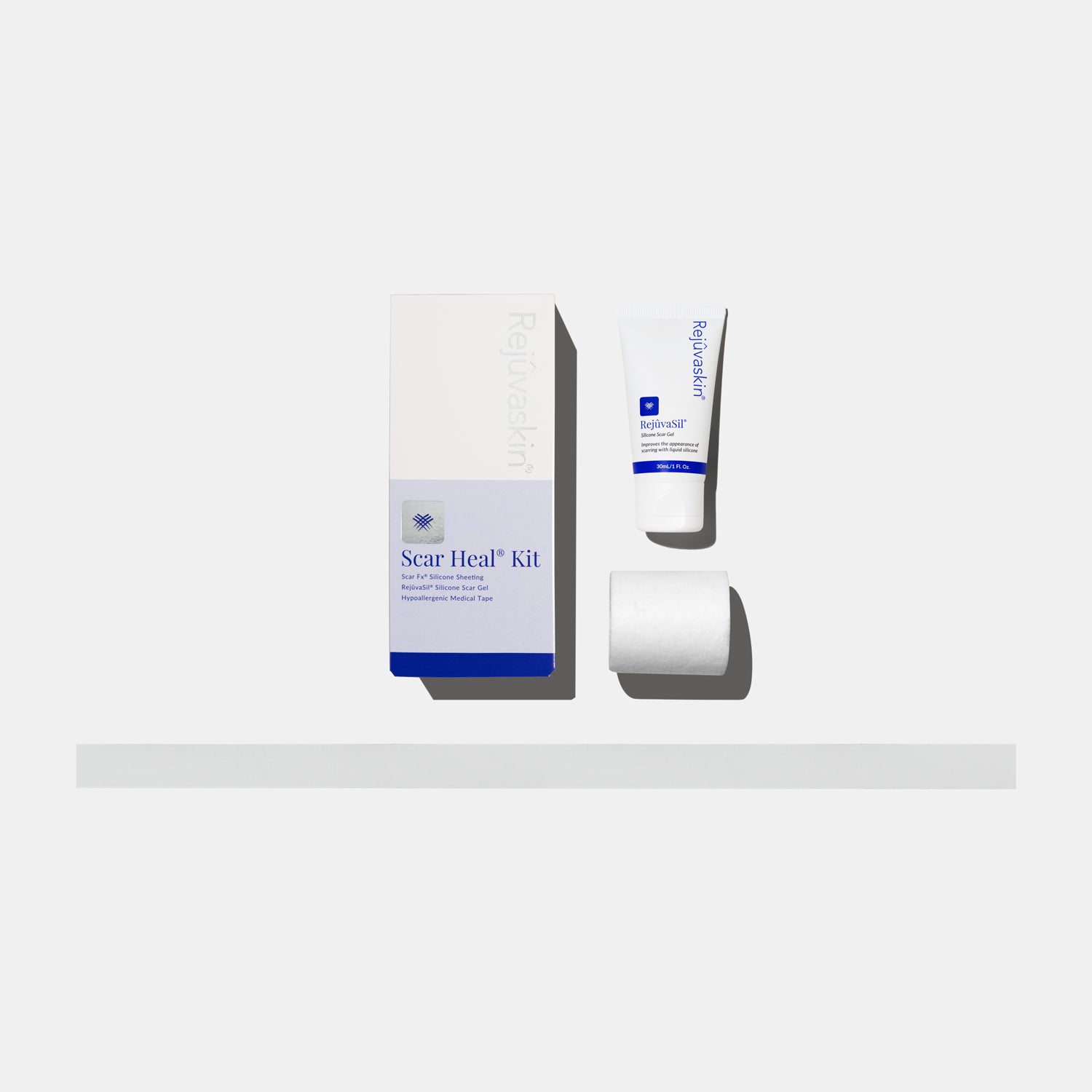


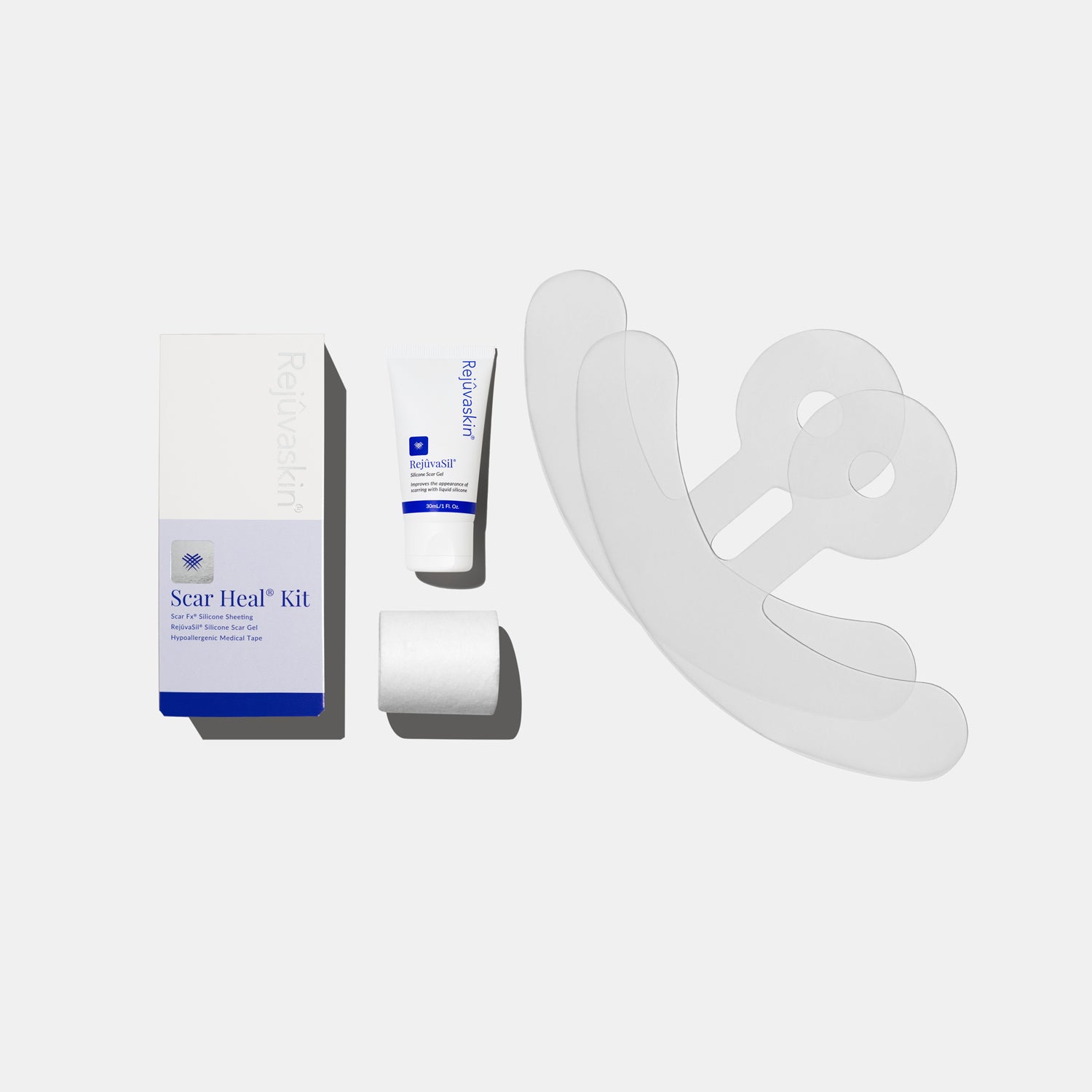
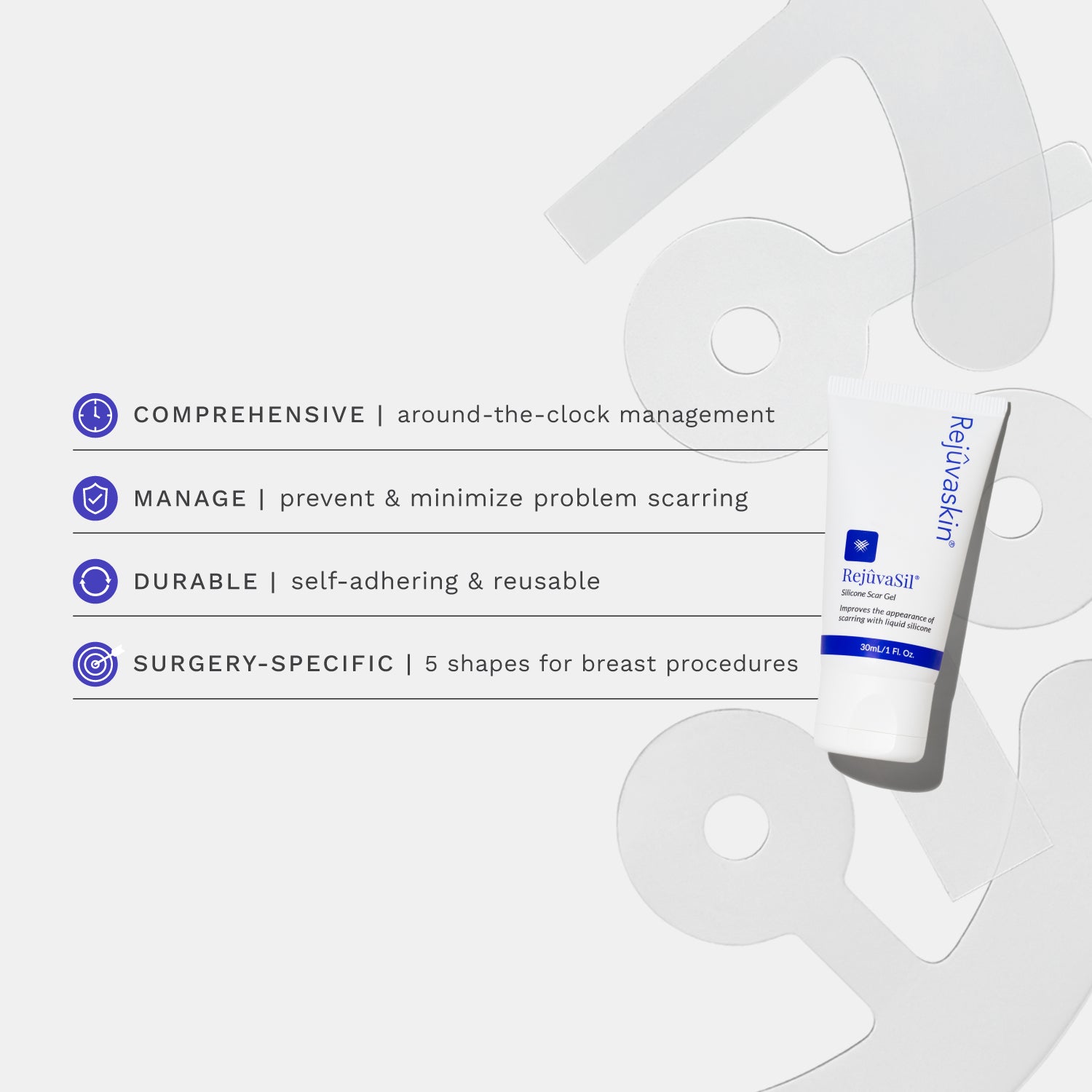
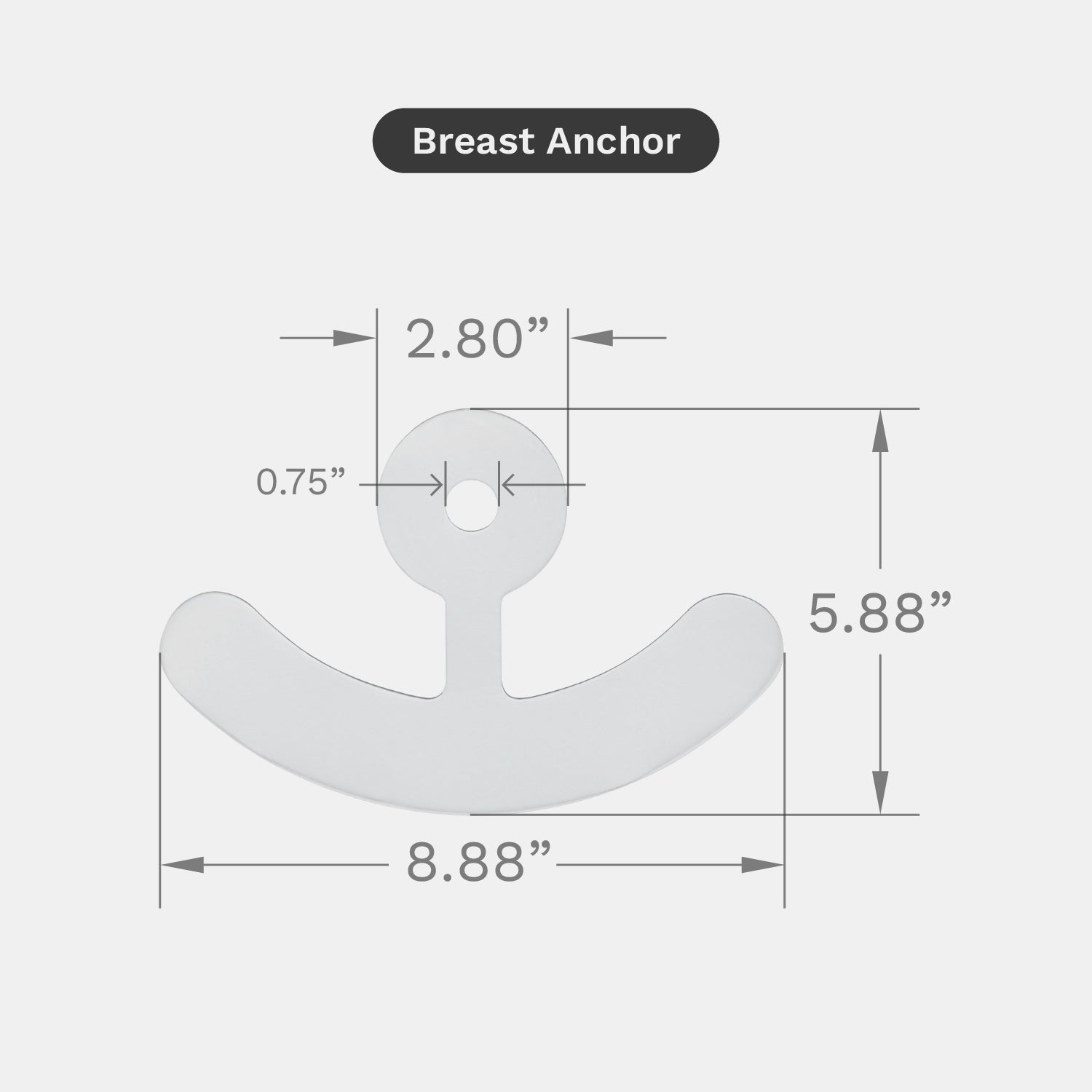
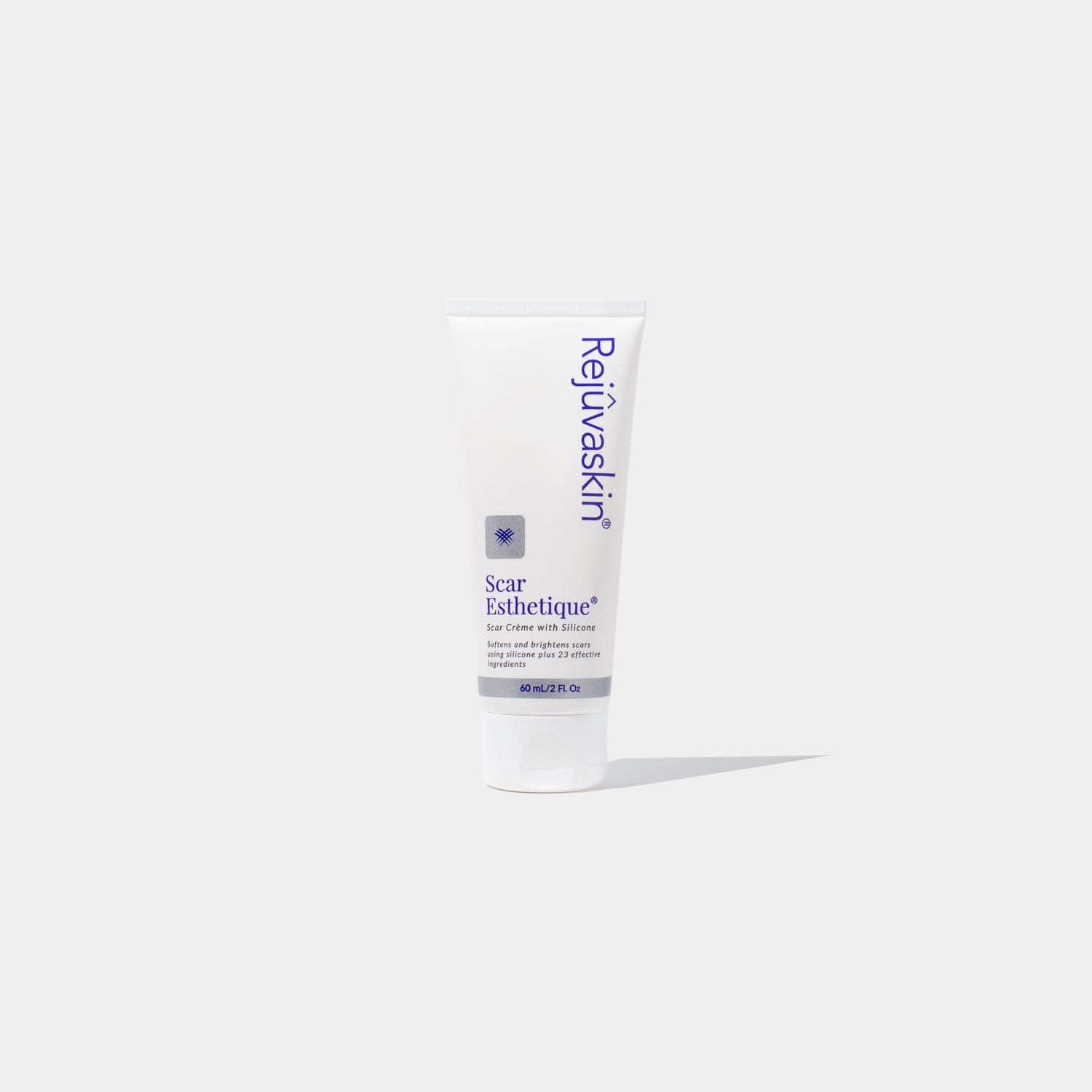
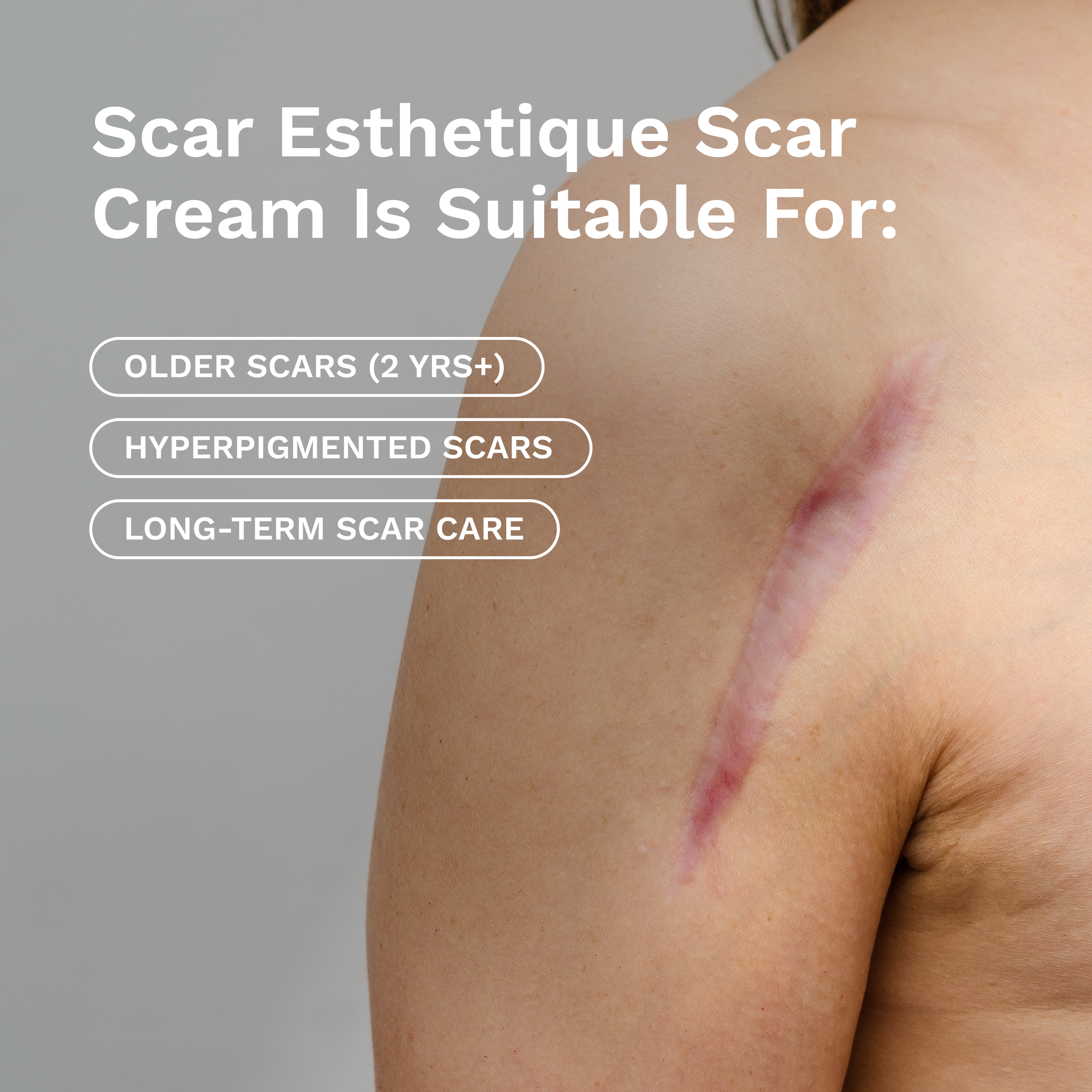








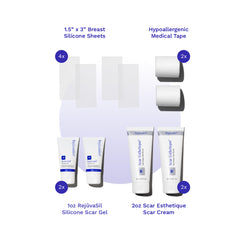
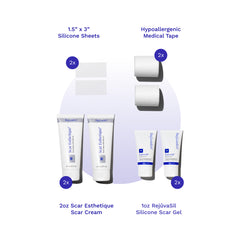

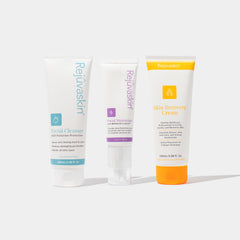

Leave a comment